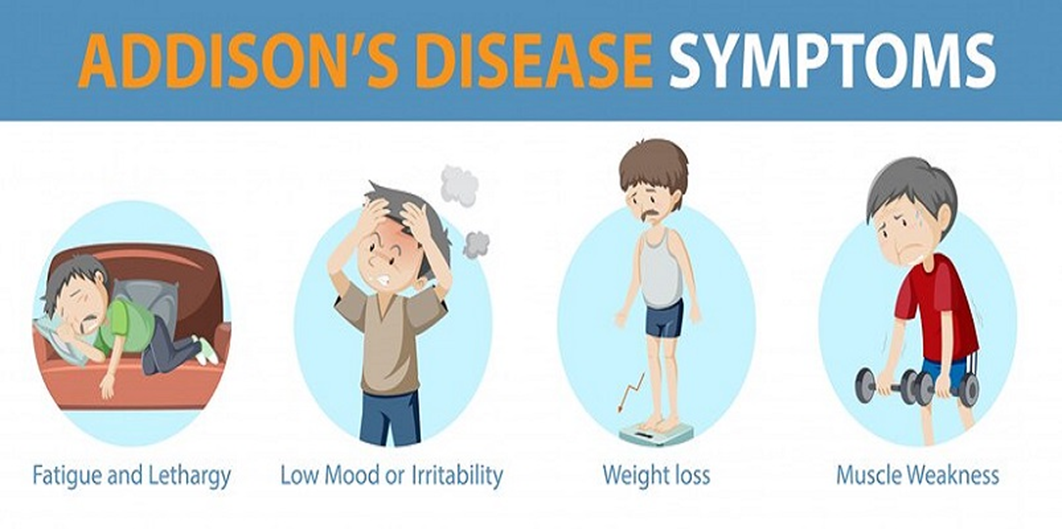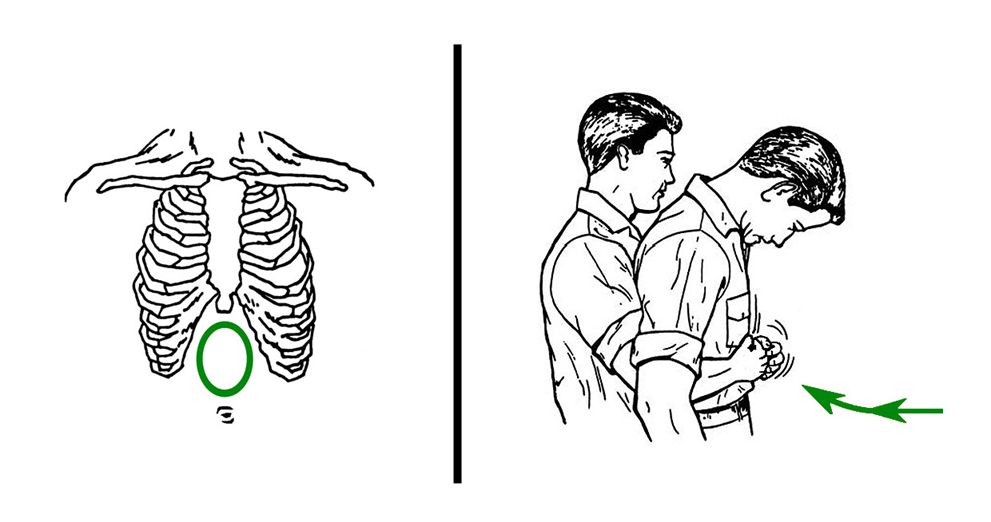A nurse is preparing to administer fluoxetine 30 mg PO daily to a client. The amount available is fluoxetine 10 mg tablets. How many tablets should the nurse administer per dose?
(Round the answer to the nearest whole number. Use a leading zero if it applies. Do not use a trailing zero)
The Correct Answer is ["3"]
Step 1: Identify the prescribed dose.
- The prescribed dose is 30 mg.
- Result: 30 mg.
Step 2: Identify the strength of the available tablets.
- The available tablets are 10 mg each.
- Result: 10 mg/tablet.
Step 3: Calculate the number of tablets to administer.
- Number of tablets = (Prescribed dose in mg) ÷ (Strength of available tablets in mg/tablet).
- Number of tablets = 30 mg ÷ 10 mg/tablet.
- Number of tablets = 3 tablets.
- = 3 tablets.
So, the nurse should administer 3 tablets of fluoxetine per dose.
Nursing Test Bank
Naxlex Comprehensive Predictor Exams
Related Questions
Correct Answer is C
Explanation
Choice A reason:
Purple striations: Purple striations, or stretch marks, are more commonly associated with Cushing’s syndrome, which involves excess cortisol production. Addison’s disease, on the other hand, is characterized by insufficient cortisol and aldosterone production.
Choice B reason:
Hirsutism: Hirsutism refers to excessive hair growth in women in areas where hair is normally minimal or absent. It is not typically associated with Addison’s disease. Hirsutism is more commonly linked to conditions involving excess androgens, such as polycystic ovary syndrome (PCOS).
Choice C reason:
Hyperpigmentation: Hyperpigmentation, or darkening of the skin, is a hallmark symptom of Addison’s disease. This occurs due to increased production of melanocyte-stimulating hormone (MSH) as a byproduct of elevated adrenocorticotropic hormone (ACTH) levels. The skin changes are often most noticeable in areas exposed to friction, such as the elbows, knees, and knuckles.

Choice D reason:
Intention tremors: Intention tremors, which occur during purposeful movement, are not typically associated with Addison’s disease. These tremors are more commonly seen in neurological conditions such as multiple sclerosis or cerebellar disorders.
Correct Answer is D
Explanation
Choice A reason: Perform a Blind Finger Sweep
Performing a blind finger sweep is not recommended because it can push the foreign object further into the airway, making the obstruction worse. This method is only advised if the object is clearly visible and can be safely removed without causing further harm.
Choice B reason: Turn the Client to the Side
Turning the client to the side can be helpful in certain situations, such as when the client is unconscious or at risk of vomiting. However, in the case of a conscious client with a foreign body airway obstruction, this action does not directly address the obstruction and is not the first priority.
Choice C reason: Insert an Oral Airway
Inserting an oral airway is typically used to maintain an open airway in an unconscious patient who cannot maintain their own airway. For a conscious client with a foreign body obstruction, this action is not appropriate and could cause further complications.
Choice D reason: Administer the Abdominal Thrust Maneuver
Administering the abdominal thrust maneuver (also known as the Heimlich maneuver) is the recommended first action for a conscious client with a foreign body airway obstruction. This technique involves standing behind the client, placing a fist just above their navel, and delivering quick, upward thrusts to expel the foreign object. This method is effective in creating an artificial cough that can dislodge the obstruction.

Whether you are a student looking to ace your exams or a practicing nurse seeking to enhance your expertise , our nursing education contents will empower you with the confidence and competence to make a difference in the lives of patients and become a respected leader in the healthcare field.
Visit Naxlex, invest in your future and unlock endless possibilities with our unparalleled nursing education contents today
Report Wrong Answer on the Current Question
Do you disagree with the answer? If yes, what is your expected answer? Explain.
Kindly be descriptive with the issue you are facing.
